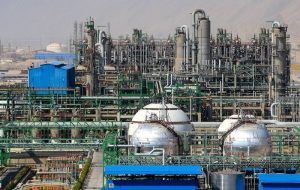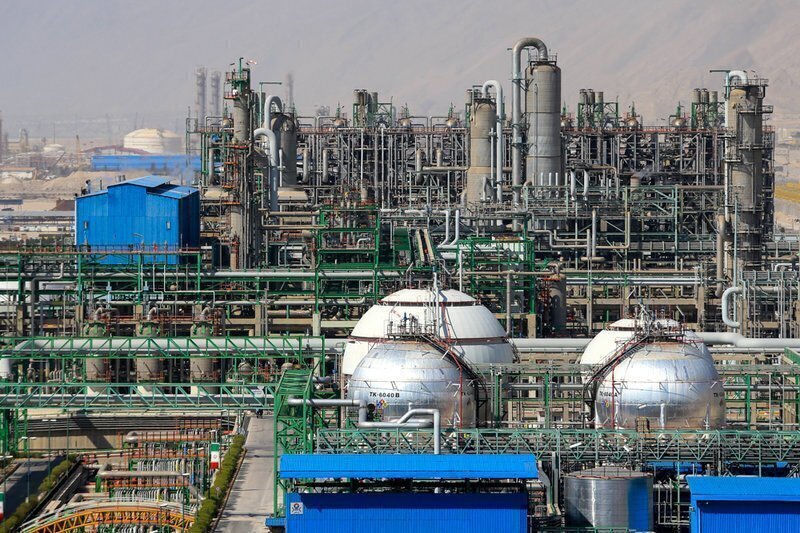Value of Iran’s petchem export up 24% in 7 months on year
TEHRAN- The value of Iran’s petrochemical export increased by 24 percent in the first seven months of the current Iranian calendar year (March 20-October 21), as compared to the same period of time in the past year, according to the former head of the Islamic Republic of Iran Customs Administration (IRICA). Mohammad Rezvanifar said that


TEHRAN- The value of Iran’s petrochemical export increased by 24 percent in the first seven months of the current Iranian calendar year (March 20-October 21), as compared to the same period of time in the past year, according to the former head of the Islamic Republic of Iran Customs Administration (IRICA).
Mohammad Rezvanifar said that 37.9 million tons of petrochemical products worth $15.2 billion were exported in the seven-month period, indicating also 23 percent growth in terms of weight, year on year.
Based on Iran’s seventh National Development Plan (2022-2027), the country’s petrochemical production capacity is planned to increase by eight percent to reach 130 million tons.
Iran is also going to invest over $40 billion in the petrochemical industry for the eighth National Development plan to further expand the mentioned sector and complete its value chain.
Currently, Iran accounts for 2.8 percent of the world’s petrochemical capacity and about 28 percent of the capacity of this industry in the region, and with the plans made, the capacity of the petrochemical industry will increase significantly in the horizon of the seventh development plan.
According to the data released by the National Petrochemical Company (NPC) the capacity of Iran’s petrochemical production will reach 103 million tons by the end of the current Iranian year (late March 2025).
Also, considering that about 60 petrochemical projects are planned to go operational during the seventh National Development Plan, 35 million tons will be added to the country’s petrochemical capacity by 2027.
However, in order to achieve development goals, set for the seventh and eighth National Development Plan, the country needs at least $7.0 billion of investment annually. Achieving this figure and realizing the mentioned target is a focal point for cooperation between the government and the petrochemical industry because the petrochemical industry alone cannot achieve the mentioned goal and requires government assistance to attract the necessary funds.
Earlier this month, Hassan Abbaszadeh, the head of National Petrochemical Company (NPC), put the country’s current petrochemical production capacity at 100 million tons, noting that the country’s petrochemical capacity is expected to exceed 130 million tons by 2027.
Earlier in May, Ahmad Mahdavi Abhari, the director general of the Association of Petrochemical Industry Corporation (APIC), said Iran’s petrochemical output has increased by 15 million tons over the past two years.
Abhari put the country’s current petrochemical output at 82 million tons.
He said Iran’s petrochemical output stood at 67 million tons before late President Raisi took office in August 2021.
The official also noted that the Iranian petrochemical industry has created as many as 143,000 direct jobs in the mentioned period.
He put the current growth of Iran’s petrochemical industry at 40.6 percent up from 27.5 percent in the country’s third five-year development plan.
Iran’s petrochemical industry accounts for 28 percent of the region’s petrochemical capacity and 2.7 percent of the world’s petrochemical capacity, he announced.
The petrochemical industry plays a crucial role in Iran’s non-oil economy, as petrochemical export is the country’s second-largest source of revenue after crude oil. Petrochemical exports already constitute nearly 33 percent of the country’s non-oil exports.
According to former NPC Head Morteza Shahmirzaei, the company plans to increase its annual petrochemical production capacity to 200 million tons over the next 10 years.
MA
